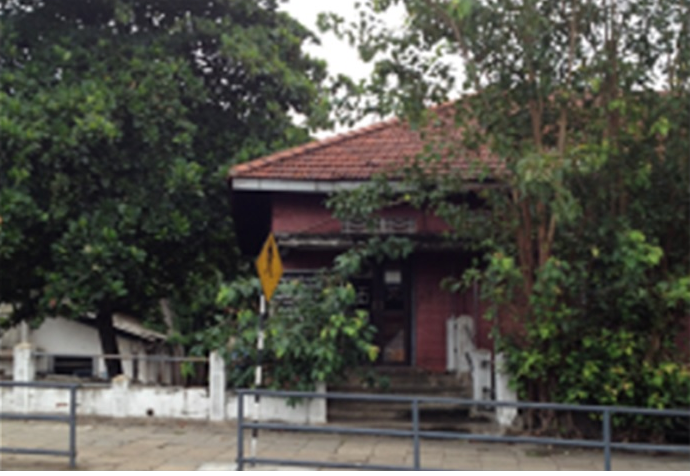CAA and its Predecessor
Establishment of the Civil Aviation Authority of Sri Lanka
 The Department of Civil Aviation (DCA) was established in 1946. Initially, the DCA was entrusted to undertake all regulatory, operational and commercial functions which included operating air services, airports and air navigations services. The DCA was housed in a small building adjacent to the Transwork House located in Fort.
The Department of Civil Aviation (DCA) was established in 1946. Initially, the DCA was entrusted to undertake all regulatory, operational and commercial functions which included operating air services, airports and air navigations services. The DCA was housed in a small building adjacent to the Transwork House located in Fort.
With the view to provide more administrative and financial flexibility, conducive for the efficient management of airlines and airports in a technologically challenging and commercially competitive environment, all commercial and operational activities were separated from the Department of Civil Aviation progressively and transferred to Government owned Limited Liability Companies formed under the Companies Act.
Accordingly, Air Lanka Ltd., (SriLankan Airlines) was established in 1979 for the operation of regular public air transport services and Airport and Aviation Services (Sri Lanka) Ltd., for development, operation and maintenance of civil airports and provision of air navigation services in 1983.
Thus the DCA was confined to the role of the regulator. It retained a typical government departmental structure, not realizing the need to adjust itself over the years to develop the capability to regulate an aviation industry growing rapidly alongside the robust technical advancement in aeronautics.
This situation continued undetected until the world aviation governing body, the International Civil Aviation Organization (ICAO) found serious deficiencies in the DCA during an assessment conducted in 1997. It was that the DCA was found to be deficient in maintaining safety oversight of the aviation industry, implementing International Safety Standards and Recommended Practices, certifying the aviation industry, maintaining safety surveillance over their operations and taking enforcement action to remedy deviations from safety standards, rules and practices.
The ICAO report highlighted the lack of the Organization, absence of required number of technical staff and their training, outdated aviation legislation, regulations and lack of guidance material and processes for effectively regulating the industry.
It was under the premises aforementioned, the Civil Aviation Authority of Sri Lanka was established in 2002 in terms of the Civil Aviation Act No.34 of 2002 as a direct measure of remedying the organizational deficiencies that prevailed. The new Organization ought to have more autonomy and flexibility as per the recommendation of ICAO for greater efficiency and effectiveness to accomplish it’s obligatory duties.











